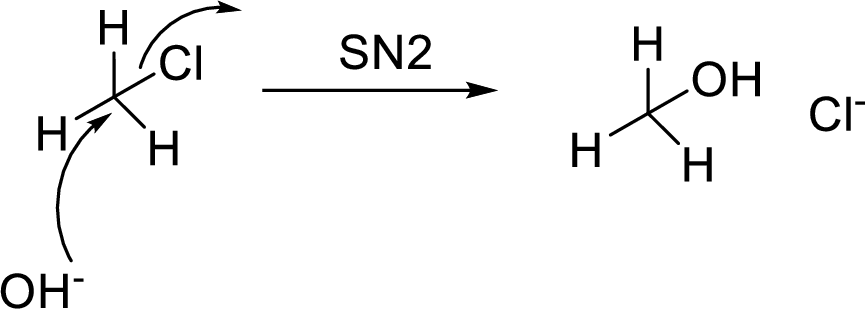
(a)
Interpretation:
Mechanism for the conversion of compound (A) to compound (B) has to be given.
Concept Introduction:
Acid catalyzed reactions:
In an
(b)
Interpretation:
For the conversion of compound (B) to compound (C) reagents has to be proposed.
Concept Introduction:
Grignard addition:
It is an addition of organomagnesium halide to an
(c)
Interpretation:
Mechanism for the conversion of compound (C) to compound (D) has to be given.
Concept Introduction:
Acid catalyzed reactions:
In an organic synthesis reactions, most of the reactions are initiated by the abstraction of proton from acids by the reactant. Sulphuric acid is one of the reagent used for this purposes.
(d)
Interpretation:
For the conversion of compound (d) to amitriptyline reagents has to be proposed.
Concept Introduction:
SN2 reaction:
SN2 stands for bimolecular nucleophilic substitution reaction. In this type of reactions, simultaneous bond breaking and bond making steps are involved.

(e)
Interpretation:
The chirality of amitriptyline and the number of possible stereoisomers has to be checked.
Concept Introduction:
Stereoisomers and chiral:
Isomers differing only in their spatial arrangement of atoms are called as stereoisomers.
The geometric property of a molecule that cannot be superimposed on its mirror image is known as chirality. Chiral carbon is the one which is attached with four different groups or atoms.
Trending nowThis is a popular solution!

Chapter 22 Solutions
ORGANIC CHEMISTRY-OWL V2 ACCESS
- What is the name of the following compound? SiMe3arrow_forwardK Draw the starting structure that would lead to the major product shown under the provided conditions. Drawing 1. NaNH2 2. PhCH2Br 4 57°F Sunny Q Searcharrow_forward7 Draw the starting alkyl bromide that would produce this alkyne under these conditions. F Drawing 1. NaNH2, A 2. H3O+ £ 4 Temps to rise Tomorrow Q Search H2arrow_forward
 Introduction to General, Organic and BiochemistryChemistryISBN:9781285869759Author:Frederick A. Bettelheim, William H. Brown, Mary K. Campbell, Shawn O. Farrell, Omar TorresPublisher:Cengage Learning
Introduction to General, Organic and BiochemistryChemistryISBN:9781285869759Author:Frederick A. Bettelheim, William H. Brown, Mary K. Campbell, Shawn O. Farrell, Omar TorresPublisher:Cengage Learning Organic ChemistryChemistryISBN:9781305580350Author:William H. Brown, Brent L. Iverson, Eric Anslyn, Christopher S. FootePublisher:Cengage Learning
Organic ChemistryChemistryISBN:9781305580350Author:William H. Brown, Brent L. Iverson, Eric Anslyn, Christopher S. FootePublisher:Cengage Learning EBK A SMALL SCALE APPROACH TO ORGANIC LChemistryISBN:9781305446021Author:LampmanPublisher:CENGAGE LEARNING - CONSIGNMENT
EBK A SMALL SCALE APPROACH TO ORGANIC LChemistryISBN:9781305446021Author:LampmanPublisher:CENGAGE LEARNING - CONSIGNMENT
 Macroscale and Microscale Organic ExperimentsChemistryISBN:9781305577190Author:Kenneth L. Williamson, Katherine M. MastersPublisher:Brooks Cole
Macroscale and Microscale Organic ExperimentsChemistryISBN:9781305577190Author:Kenneth L. Williamson, Katherine M. MastersPublisher:Brooks Cole




